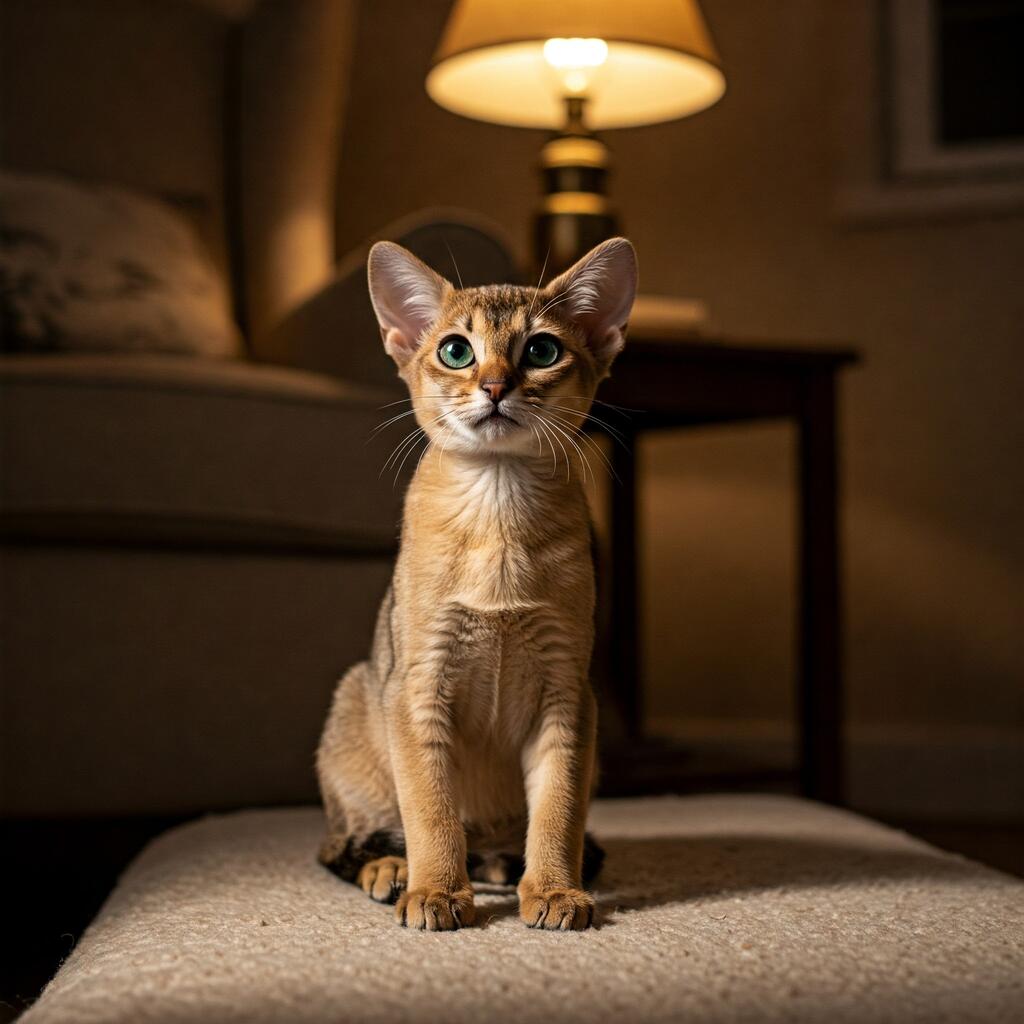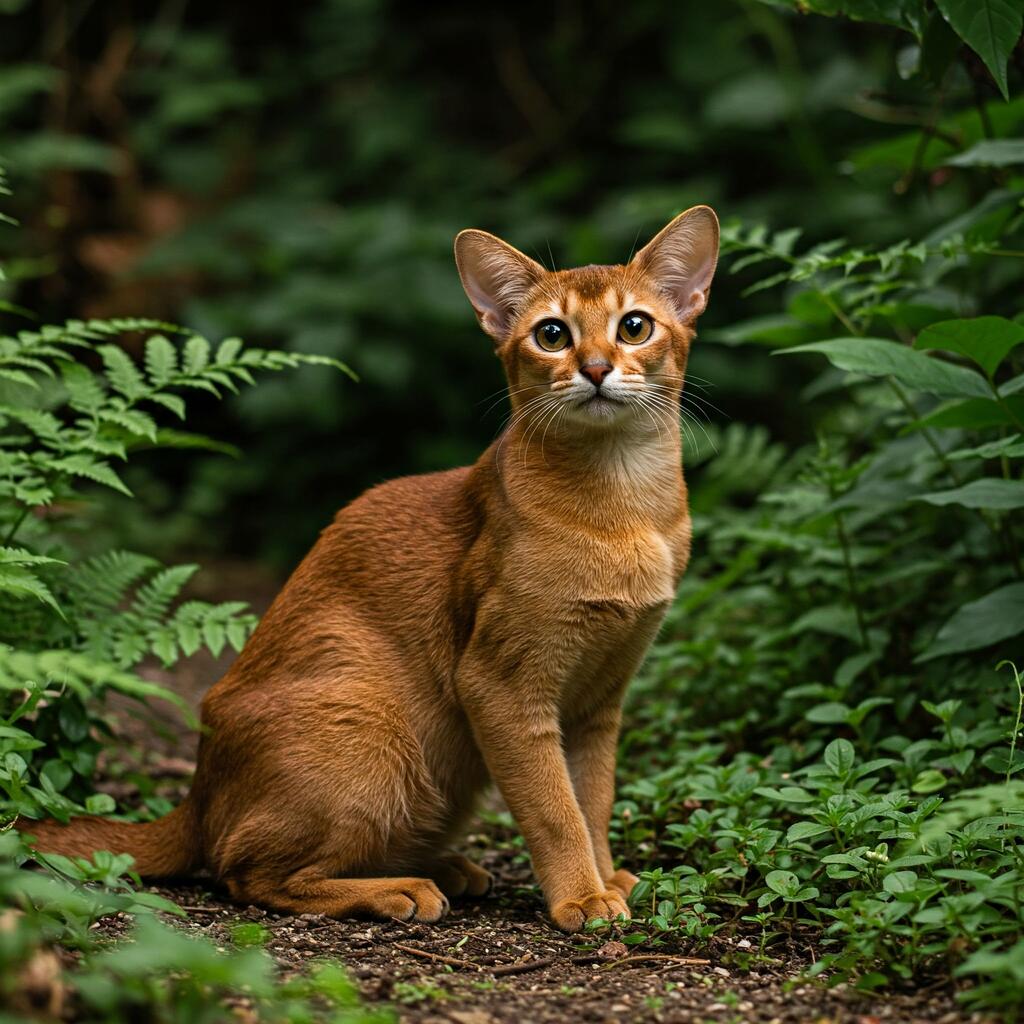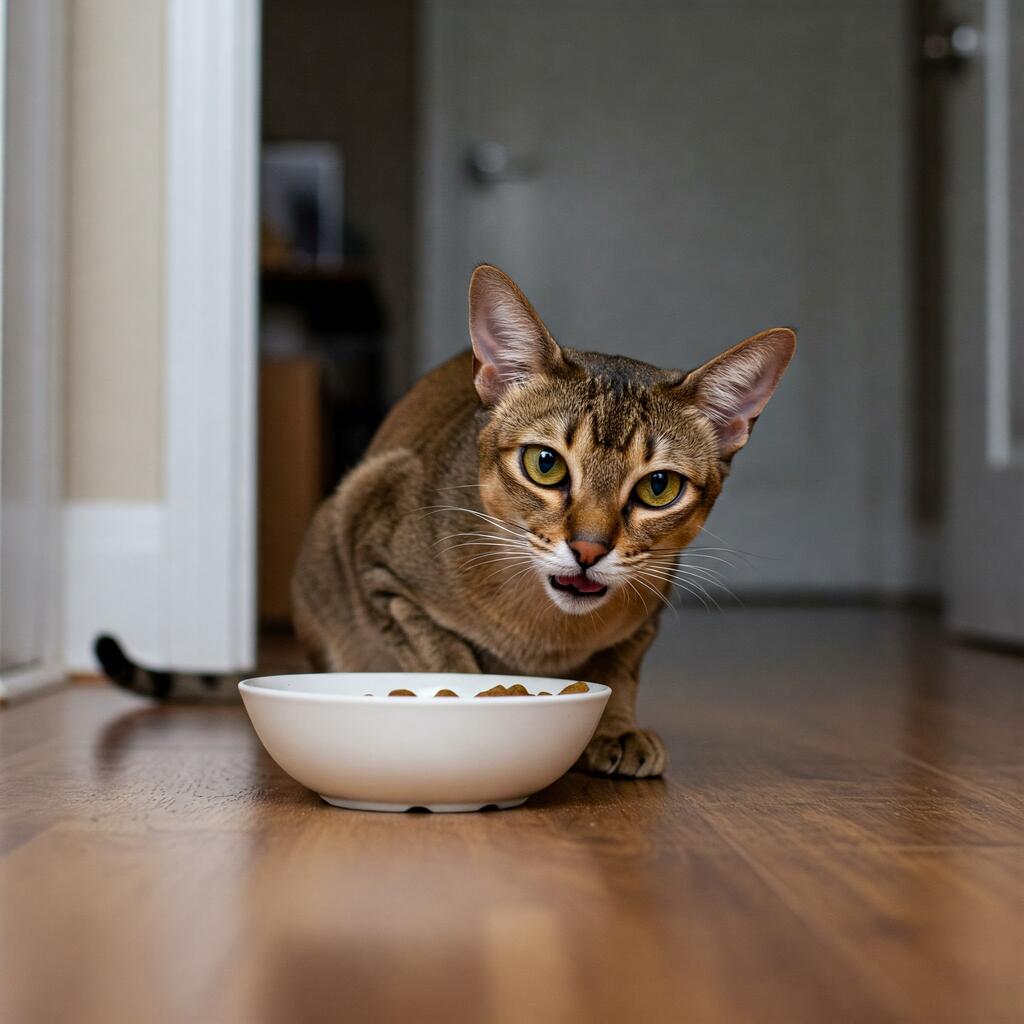
Singapura Cat Breed: Understanding Their Small Size
The Singapura Cat is the smallest purebred kitten in the world. Originally from Singapore, it was a street cat; the kittens lived in small sewage pipes and are therefore also called ‘drain cats’, and survived by rummaging through dustbins for food.
To this day, this breed is only bred in the United States and by very few breeders, so it is quite difficult to find them and they are quite expensive, not least because today the export of individuals from Singapore is precluded because the government has made these cats a national emblem.
In the 1970s, two cat breeders, during a visit to the city of Singapore noticed these kittens, which resemble small lynxes with big sweet eyes, decided to bring a pair to America and start a selection programme. A few years later, another breeder Barbara Gilberton also imported more subjects. In Europe, the first subjects were imported from the United States by a French breeder, Mrs Leotard.
Character of the Singapura Cat

They become particularly attached to one person in the family, but are very involved in the life of the family, its inhabitants and other cats and even dogs. In fact, it can be said that these cats do well if they have the company of another cat, no matter if it is of the same breed, as they get on well with everyone and gradually gain their trust.
They appreciate the comforts of home, especially in the cold season, when nothing will persuade them to go out, while in the summer they like to spend some time in the sun and if they have a terrace or a garden at their disposal they love to run and climb.
Despite their small size, they are very active cats, great hunters and very playful. They have no problems if they have to spend several hours alone, but they are just as happy when people come home and show this joy with little paws or nips to attract their attention.
Appearance of the Singapura Cat

The head of the Singapura Cat is small and round, the eyes are large, very expressive and walnut-shaped. The colour of the eyes is generally green in all its shades. The ears are rather large, very straight and well spaced on the skull. One of the singapura's most distinctive features is the dark line that contours its nose and eyes.
The coat is fine and very short, well adhered to the body and slightly long on the spine. The basic colour of the coat is antique ivory, characteristic because it is fiery with brown tigratings. Some parts of the body, such as the legs, chest, muzzle and chin, are lighter. The coat has the characteristic that light and dark tones alternate in each individual coat.
Care and health of the Singapura Cat

The Singapura cat is a generally healthy animal. It is not prone to any particular diseases. It eats everything and is not particularly fussy. Its eyes, however, being rather large, tend to water and must therefore be cleaned occasionally with a special product. This breed has a life expectancy of 15 to 20 years.






















